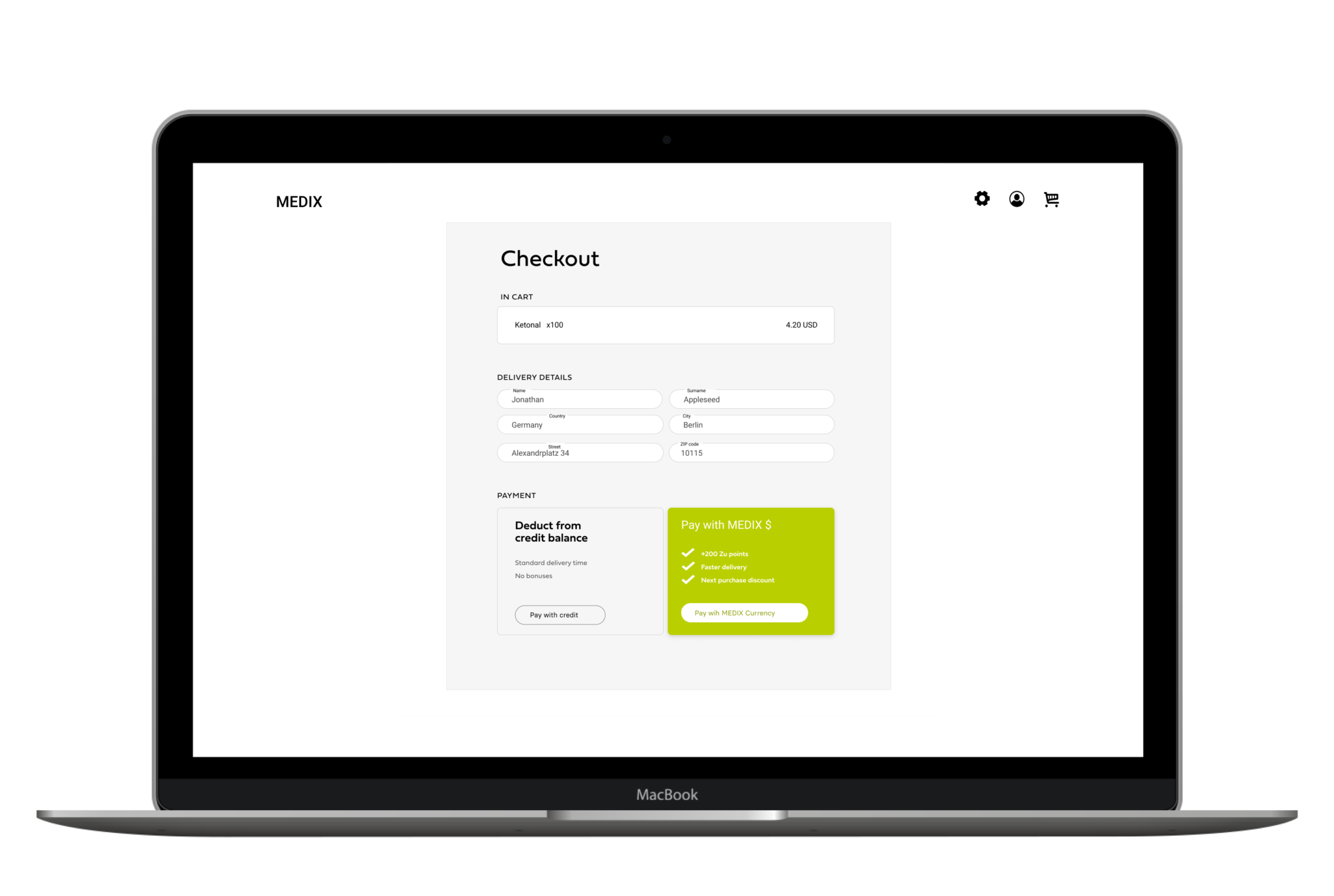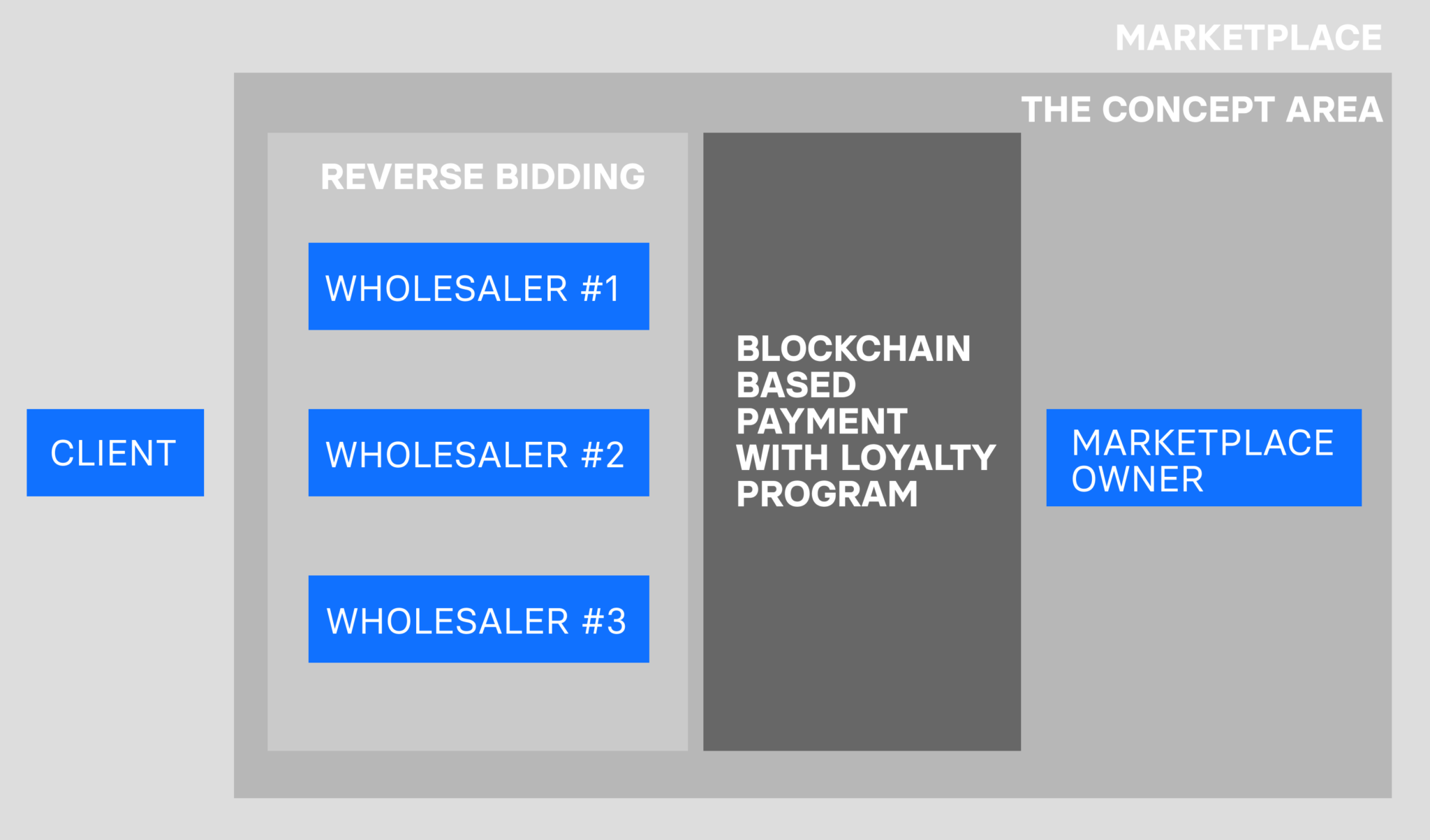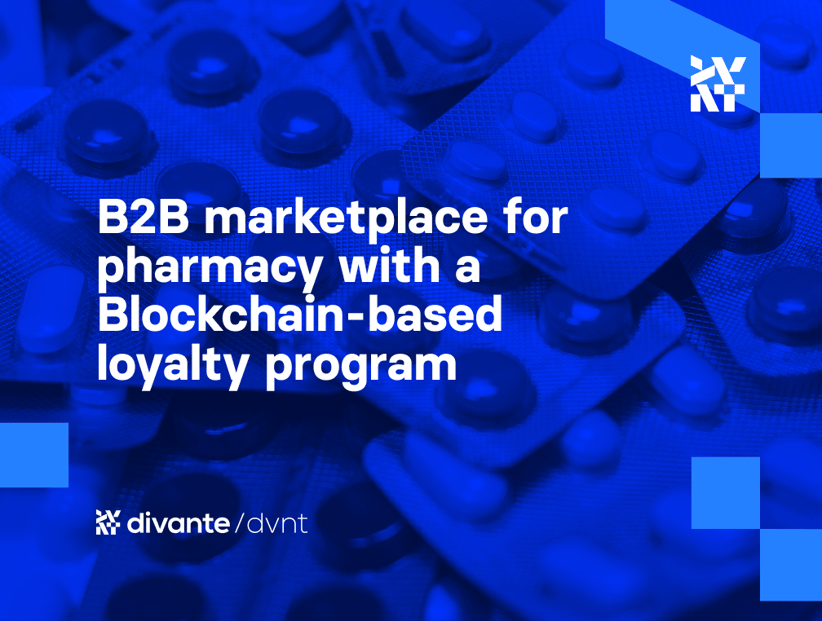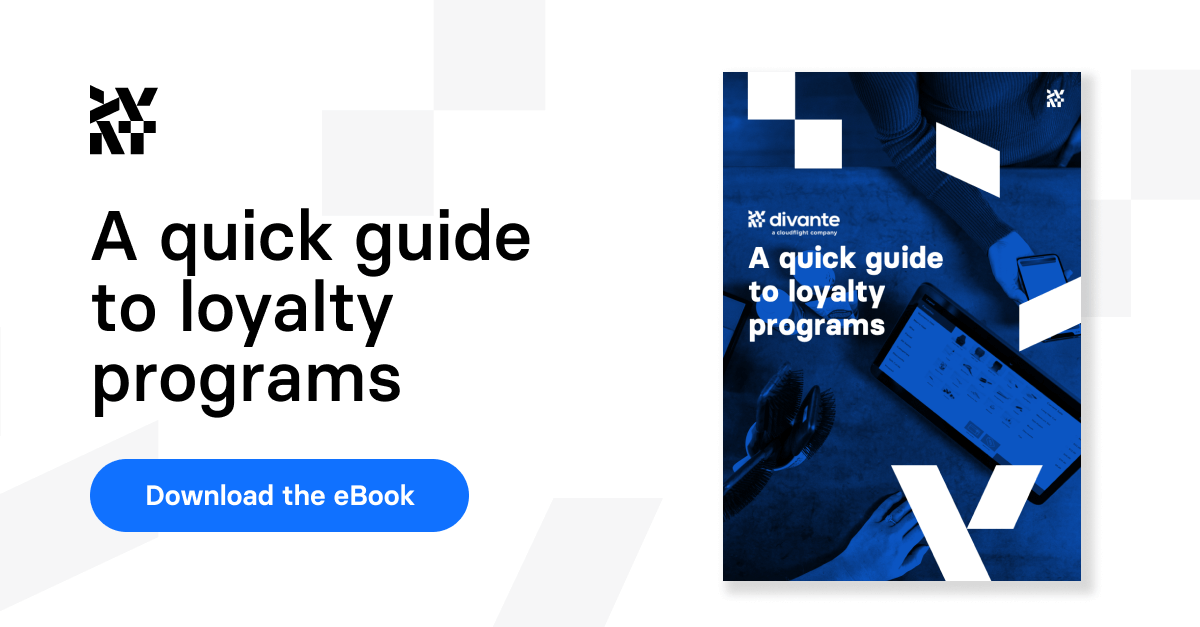Projecting the pharmacy of the future and introducing a B2B marketplace for pharmacy has to be initiated by those deep in the industry who are aware of the specific challenges and understand the need for change. How might the future look? What kind of ready systems should we use and what should be designed especially for the industry? Healthcare has waited too long for digital transformation and it is high time to reach for trending technologies that can take us further tomorrow.
Divante Innovation Lab has cooperated with a leading healthcare distributor and service provider in Asia in order to take the first steps in this industry-wide process of digital transformation. Our work replaced an existing shopping platform with a modern B2B marketplace for pharmacy that integrates a loyalty program and is powered by an auctioning system and blockchain.
A brand new B2B marketplace for pharmacy
The growing importance of B2B marketplaces across industries is due to the transparency of offers available on the market and the wide range of products available on the spot. Suppliers have a great opportunity to expand into new markets and boost their sales thanks to the new retail channel. A B2B marketplace is, therefore, a great benefit to both clients and distributors. However, the biggest winner can be the marketplace owner, as long as he can handle all challenges.
We have introduced an innovative B2B marketplace for pharmacies as clients, connecting them with drugs manufacturers and wholesalers. It is a new approach in an industry that is characterized by traditional purchasing and distribution models.
Main challenges for the distributors in healthcare industry
As an intermediary, you cannot always offer the best prices, but you can provide great customer care and experience. The starting point for marketplace development ideas was a marketplace combined with a loyalty program and its possibilities.
Challenges:
- Compete with wholesalers who can offer lower prices
- Onboard the greater part of existing customers (pharmacies, clinics) to a new platform
- Persuade clients (healthcare companies, brand owners) without giving discounts
- Understand customers better
- Generate profit from the loyalty program that is usually an additional cost.
How to add value to the purchase process and benefit from it
Loyalty program is a standard in B2C business and it is a base for building the brand’s relationship with the customer.
How do you therefore create loyalty between B2B marketplace clients and distributors and producers? Customers in a B2B marketplace generally choose their favorite brand or supplier, opting for the one with the best offer. The marketplace owner’s goal is to build loyalty between customers and the platform, making it their go-to solution for purchasing. In doing so, the marketplace increases sales volumes for distributors and producers and makes them more keen to also use the platform as a preferred sales channel. Rather than the two-way win-win of a B2C brand-customer relationship, the B2B marketplace tries to build loyalty that benefits three separate parties.
How we improved the B2B marketplace for pharmacy with new concepts
A two-day workshop, as a part of our unique SNAP methodology, is a starting point of each concept and gives both sides deep knowledge about pain points and challenges, as well as clarifying a joint plan to create the right solutions.
During the workshop, we created a concept that included two well-known B2C solutions which we then adapted to fit a B2B marketplace for pharmacy model. As a part of SNAP process, we then conducted feedback sessions that proved the concept can be successful!
It’s important to create an innovative concept that solves real-world problems, not only to develop a project in the name of innovation.
Read more about SNAP and schedule a workshop with Divante Innovation Lab
Reversing roles in the auction process
Marketplace and bidding? Sounds like eBay? It is, but with the roles cleverly reversed.
Reverse bidding in the B2B Marketplace is a custom solution whereby marketplace customers receive offers can then choose the best one using a “BUY NOW” button.
How does it work?
- The customer is searching for the selected product
- The product is available for $4.20, but the customer wants a lower price and can wait for the bidding
- The customer starts an auction, signifying the maximum price that he would pay for the product
- Wholesalers who have a sufficient quantity of the selected product in their stores receive an alert to “JOIN THE BIDDING”
- Wholesalers participate in the bidding process
- After 24 hours, the customer receives the best offer
The benefits of reverse bidding
- Customer buys products for the best price
- Wholesalers engage in a dynamic sales process
- Marketplace owner boosts traffic and sales

Internal currency and points
To complete the purchase process, the customer chooses the payment method. In this case, there are two available.
A standard card payment does not provide any additional benefits. If the customer decides to pay with the new method, then he or she will receive extra points, faster delivery, and discount for the next purchase or anything else that the loyalty program offers.
It’s simple but important. Thanks to the introduction of the internal currency, the owner of the marketplace reduces commissions for payment intermediaries. The customer also benefits from a stronger relationship with the chosen marketplace by choosing this method.
Clients (brand owners) will benefit from participation in this loyalty program by increasing brand visibility and sales, which can be significantly higher than in a dedicated loyalty program (i.e. one that only involves the client and the brand).
Each purchase is also rewarded with additional points that take the customer to a higher level. Tier membership brings general discounts and exclusive extras to active marketplace users.

Why is our B2B marketplace for pharmacy based on a blockchain?
1. Less fraud, more security
Blockchain is based on P2P systems, meaning there is far less chance of a breach in the program or in your store in general. All necessary information is stored on the immutable blockchain ledger. The time-stamped database entries are irreversible, thus preventing issues of fraud and transaction manipulation. Blockchain creates a distributed database entry of every single transaction ever made, making each transaction and its record easily traceable, but also rendering them irreversible, preventing double-spending, fraud, abuse, and any other type of manipulation of the transactions.
2. Open systems
Owning a blockchain token cannot be revoked and is recorded publicly on the blockchain. The issuing company cannot take away those points due to some internal policy. This is both a win for the consumer who doesn’t have to worry about their points expiring or being devalued before they can use them, and a win for businesses who gain greater customer loyalty by providing a better and more transparent customer experience.
3. More flexibility
With blockchain loyalty tokens, clients have more freedom in how they redeem their tokens, including being able to redeem them in smaller increments. One of the complaints many clients have with loyalty programs is the complex point accrual systems and limited rewards, so allowing for more flexibility in how they use the rewards they’ve earned is a huge plus.
4. Reduced costs
Program costs won’t take years and hundreds of thousands of dollars to implement and maintain. Because of Blockchain’s native ledger, you already have a loyalty record.
5. Overall transparency
Users will know that companies cannot change rules or blockchain token amounts at will. This gives customers satisfaction that they can redeem what they want, when they want.
6. Making the process near real-time
Blockchain can enable a transaction to be recorded and accessed by multiple involved parties in near real-time, increasing the chance that a loyalty rewards program provider can cut through coordination inertia to credit points faster.
7. Less clutter
Blockchain tokens can be used at other stores, switched for different cryptocurrencies, or stored for a future time. That means consumers won’t have to juggle 600 Vons points, 50,000 American Airlines miles, and 10 sandwich card stamps.
It this the future of B2B Marketplaces ?
We are yet to see if the Blockchain model is the future standard for B2B marketplaces. If companies are looking for sales optimization and a boost in customer engagement, there are certainly some compelling benefits that are worth considering. Blockchain is a technology that now supports proven products and services, and it’s waiting for new adoptions, so it is fair to say that has the right ingredients to challenge the existing standard for online B2B marketplaces.
Being an innovator means being bold and ready to become the early adopter in the industry. Some verticals use blockchain as a base of loyalty programs and, of course, some companies use reverse auction. However, it’s still possible to be the first in your area, which is why using Blockchain in a B2B marketplace for pharmacy stands out from the crowd.
If you are interested in the concept, feel free to reach out directly to Artur Wala who coordinated the project. You can also contact us at the Divante Innovation Lab to verify your own idea and develop proof of your project.
Published October 7, 2020













